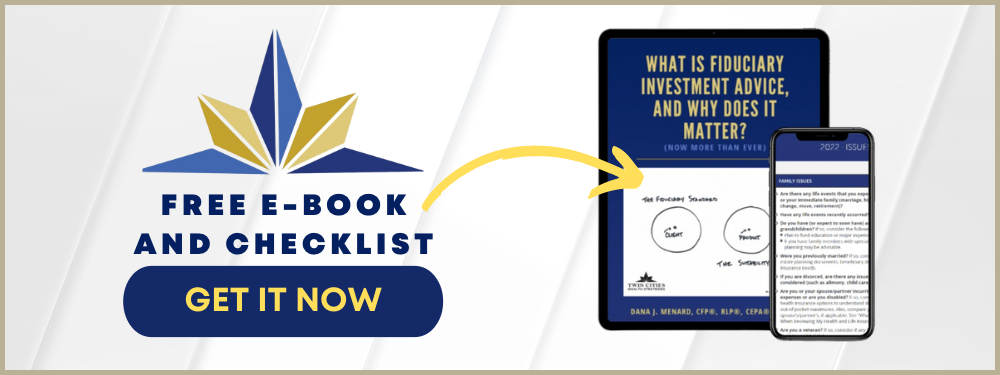Whether it’s called a 401(k), 403(b), 457(d), or any other variety of employer-sponsored retirement plans, most people are aware of the basics involved in investing for their retirement through a workplace plan. However, given our tax code’s sheer size and complexity, many little-known provisions afforded to employer-sponsored retirement plan participants make them unique and even more beneficial than previously thought.
Lower Distribution Age
The magical age of 59 ½ is widely known as the age you need to attain before you can start taking distributions on most retirement accounts without an early 10% withdrawal penalty. However, if you have an employer-sponsored plan like a 401(k) from a former job, you can start taking distributions at 55 without feeling the wrath of the IRS.
This holds true even for those still working and currently contributing to a different plan. However, remember that just because you can take those penalty-free distributions doesn’t necessarily mean you should. Thanks to compounding interest and exponential growth, the longer you keep those assets intact, the better they will grow over the longer term.
Longer Contributions
Of course, 73 is another ubiquitous age when it comes to most retirement accounts as it almost uniformly represents the age you must start taking required minimum distributions, or RMDs. However, if you are still working at that age, the IRS does not force you to begin your required minimum distributions until you retire, even when that age is greater than 73. This tax provision is exclusive only to employer-sponsored plans and does not apply to a Traditional Individual Retirement Account or an IRA.
Bigger Contributions
Perhaps the most obvious difference between a 401(k) and an IRA is the considerable discrepancy in contribution limits. Although the limits between the two types of retirement plans vary over time, the contribution caps on employer-sponsored plans are at least three times greater than those of an IRA.
Cash flow permitting, this provides employees a tremendous opportunity to devote a significant sum of money every year for their own retirement. Since old-fashioned, cash-based pension plans are nearly extinct, taking advantage of these higher contribution limits is a great way to reach your financial goals for retirement more effectively.
Since all of these 401(k) features are not dependent on your particular employer’s plan but are given by the IRS itself, they hold true for all 401(k)s. However, always make financial decisions that are appropriate for your own specific goals and demands.
Have questions about your 401(k)s, or need help with your financial plan? We’re here to help! Simply click here or call (763) 445-2772 to schedule a complimentary consultation today!
Note: This content was updated August 2025.


